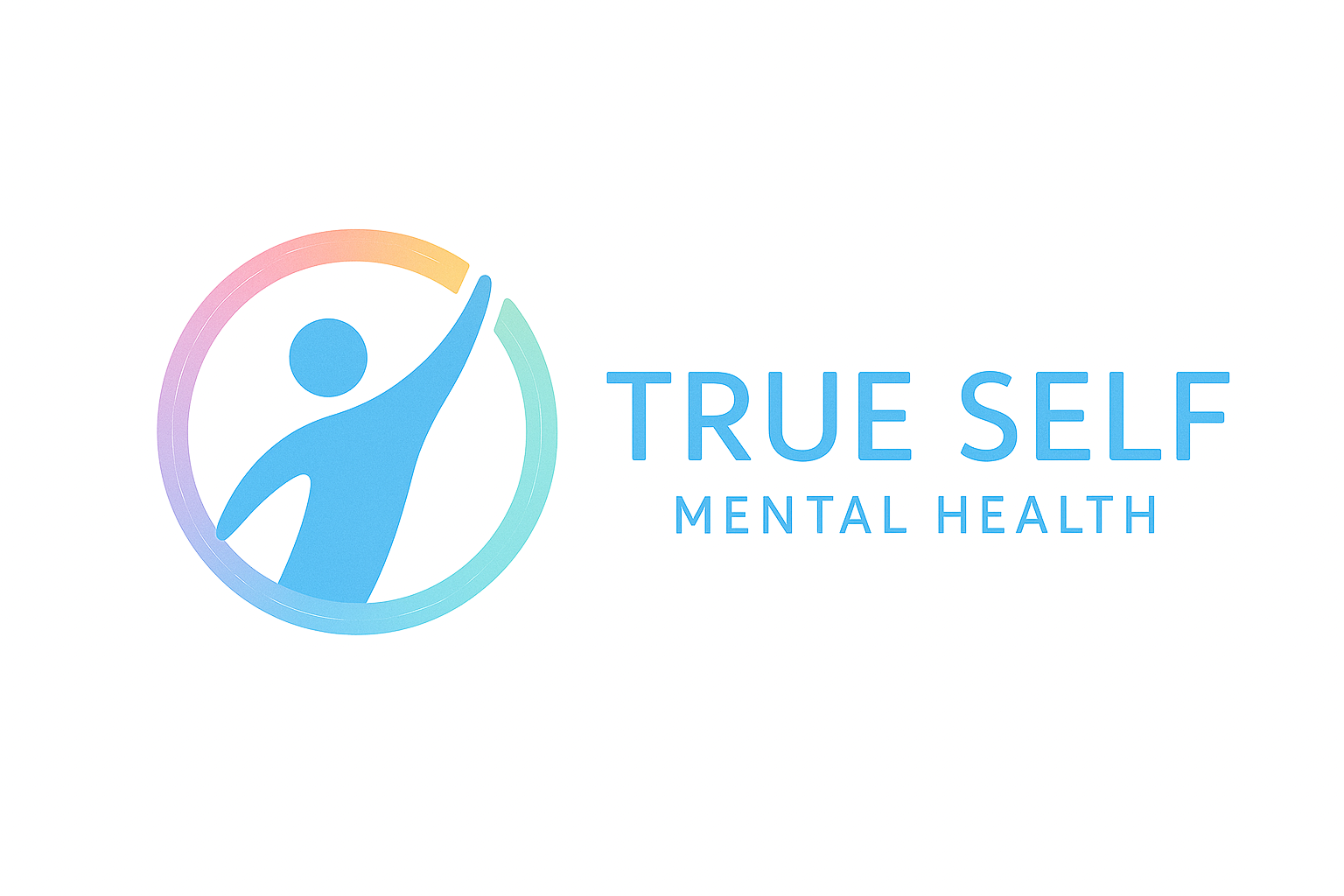Understanding Bipolar Disorder: Navigating the Differences Between Bipolar I and Bipolar II and Finding the Right Support
- True Self Mental Health

- Oct 17
- 4 min read
Updated: 5 days ago
Bipolar disorder can feel like a puzzle, especially when trying to understand the differences between bipolar I and bipolar II. You might be wondering which signs matter or what treatment options could fit your life. This guide breaks down those key differences and shows how therapy and medication can work together to support your mental health. If you or someone you care about needs a safe, affirming space, True Self Mental Health is here to help. For more information, visit this resource.
Understanding Bipolar Disorder

Bipolar disorder can have a huge impact on your life, but understanding it is the first step to managing it. Let's break down the differences between bipolar I and bipolar II, so you can see which might align with your experiences.
Defining Bipolar I
Bipolar I is often characterized by intense mood swings. These mood changes can shift from feeling elated to extremely low. During these high times, known as manic episodes, you might experience high energy, little need for sleep, and impulsive behavior. These episodes can be severe and may require hospital care. Understanding these signs is crucial to seeking help. Remember, it's okay to reach out if you relate to these experiences. For more insights, consider reading this article from the Cleveland Clinic.
Exploring Bipolar II
Bipolar II involves mood swings too, but the highs aren't as extreme. Instead of full manic episodes, you might experience hypomanic episodes, which are less severe. However, the depressive phases can be intense. This can make daily activities feel overwhelming. If you're noticing these patterns, it might be time to seek support. Acknowledging these feelings is the first step to finding balance. Resources like this one from NAMI can offer more information.
Key Differences
So, what's the big difference? It's mainly the intensity of those high phases. Bipolar I involves more severe manic episodes, while bipolar II involves milder highs but sometimes deeper lows. Recognizing these differences can help you or a loved one better understand what you're going through. No matter which type of bipolar disorder you relate to, know that help is available.
Treatment Options for Bipolar Disorder

Once you understand the type of bipolar disorder you're dealing with, exploring treatment options becomes the next step. Treatment can significantly improve your quality of life and help you manage symptoms effectively.
Therapy Approaches
Therapy is a cornerstone in treating bipolar disorder. Different approaches like Cognitive Behavioral Therapy (CBT) can help you manage your thoughts and behaviors. Therapists guide you in identifying negative thought patterns and replacing them with healthier ones. This approach can be particularly beneficial if you're experiencing mood swings. It's about finding strategies that work for you, making life's challenges feel more manageable. To explore therapy options further, check out this resource.
Medication Management
Medication is often an essential part of treating bipolar disorder. Mood stabilizers, antipsychotics, or antidepressants can help keep your mood balanced. It's important to work closely with a healthcare provider to find the right combination for you. Remember, finding the right medication can take time, but perseverance is key. Stay open with your healthcare team about what you're experiencing. For more details on medication options, visit this FAQ.
Combining Treatments
Sometimes, the best approach involves combining therapy and medication. This dual approach can be more effective in managing bipolar disorder symptoms. By addressing both the emotional and chemical aspects, you create a more comprehensive treatment plan. This method can enhance your overall well-being and provide a more balanced lifestyle. Don't hesitate to explore these options with your mental health provider.
Finding the Right Support

Finding the right support is vital on this journey. Having a reliable support system can make a significant difference in managing bipolar disorder.
Importance of Mental Health Support
A strong support system provides understanding and empathy, which are crucial when navigating mental health challenges. Talking to someone who listens can lessen feelings of isolation. Whether it's friends, family, or professionals, having support can empower you to take control of your mental health.
True Self Mental Health Services
At True Self Mental Health, we offer specialized services tailored to your needs. Our inclusive and affirming care is designed to create a safe space for you. Whether you're looking for therapy, medication management, or virtual sessions, we're here to help you on your journey to wellness. Our commitment is to support you every step of the way.
LGBTQ+ Community and Mental Health 🌈
The LGBTQ+ community can face unique mental health challenges. At True Self Mental Health, we understand these challenges and provide culturally competent care. Our services are tailored to support and affirm diverse identities, ensuring you feel seen and valued. Remember, reaching out for help is a sign of strength, and you deserve a space where you can be your true self.
This journey might seem daunting, but with the right understanding and support, you can navigate it with confidence. Remember, True Self Mental Health is here to stand by you, every step of the way.




Comments